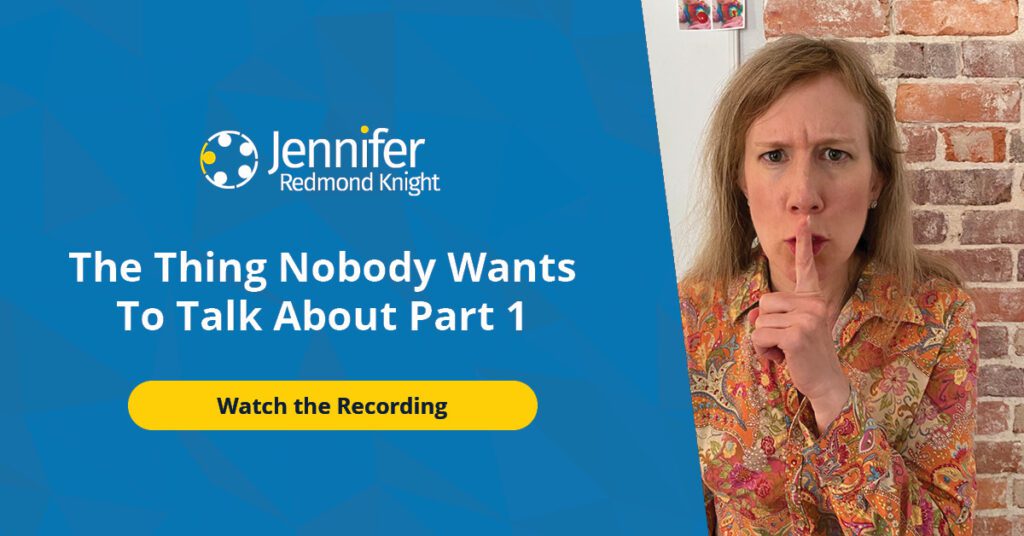No one wants to talk about it (and we did – check out Part 1 and Part 2 Masterclasses!) but accountability is an important aspect of coalition building and trust building. When some people are held accountable and others are not, trust is difficult to maintain. If you have been following my blog posts on trust recently, you will notice that I highlight one of Brené Brown’s resources known as the “Braving Inventory.” The “A” in BRAVING is Accountability. Even though it can be challenging, when we support accountability, we are also building trust and trust is essential for building coalitions. Join me this week as I highlight 10 Keys to Accountability!
#1 Set the example
When we set the example for accountability, we demonstrate integrity and build trust. If we are asking everyone else to be accountable, we have to do it too! When possible, complete your tasks before your deadlines and share your progress with your team. When it’s difficult for you to follow-through, be honest about it. Let your coalition know that you are behind on a deadline or need more time. This sets an important example of open and honest communication.
#2 Identify win-win opportunities
One of the BEST ways to get your coalition members to be accountable is to ask them to do things that align with their own organizational or personal goals. Who doesn’t want to do one thing that checks off two boxes?! In my online course, Coalition Catalyst, one of the things we talk about every week is really understanding and focusing on “win-win” opportunities. When we can identify them and incorporate them as part of our work, we will be able to do more together than we ever could on our own.
#3 Be realistic
Most of our coalition leaders and members are working as volunteers in the coalition. When we practice being realistic with our expectations, it is much easier for our coalition to do what they say they are going to do. If we are asking a coalition member to do something a staff member usually does, it is unlikely they will have the capacity to follow-through. However, when we ask for very specific, clear and realistic support, our coalition members are much more likely to be able to actively participate.
#4 Set a deadline
We all work on deadlines. If we are asking our coalition team to do something without a date attached, it becomes much more difficult for them to prioritize it. By setting a deadline you support accountability for everyone. Also, be sure to set a deadline that still gives you a little time to follow-up if they don’t meet it.
#5 Send individual emails
One of the most powerful ways to connect with people is to send one-on-one emails. When we get group emails, it is easy to assume that someone else in the group is taking care of it. When you send an email (even if you copy/paste most of it) to an individual, you make it more personal. When it’s more personal, people are more likely to respond. Even if most of the information is the same, remember to include specific details that are focused on that individual (e.g. new grandchild or recent vacation).
#6 Send out your meeting agenda a week in advance
When you share your agenda ahead of time, it prompts your members (and you!) to work on any projects or activities that they may not have finished yet. If you include specific names in the agenda, that helps even more! 🙂 This also helps you with our last week’s post on effective meetings.
#7 Start your meetings with action items from the previous meeting
When you do this, you build momentum for the work and support accountability. If you practice this for each of the meetings you lead, then it creates a culture of both action and follow-through. You also set clear expectations for participants which helps them know how to actively engage in the meetings.
#8 Put decisions made and action items toward the beginning of your meeting notes
How many people actually read all of the meeting notes? If we start our meeting notes with decisions made and action items (with who is responsible), then it is more likely that our coalition members will read the first page and know what happened during the meeting. When we make it easy for attendees to know what happened and what is next, they are more likely to follow through.
#9 Include action items and names in the body of the email
As much as we plan to open the attachment in the email, how many times does it just get buried in our inboxes? By including the first page of the meeting notes in the body of the email, it is much more likely that folks will read it. When they read it, they can take action on it!
#10 Keep moving forward even if not everyone contributes
When we set the expectation that we are moving forward even if we haven’t heard from everyone, it helps folks contribute. They may not make this deadline, but when they find out you are not waiting on them, “FOMO” (fear of missing out) sets in and they will contribute next time.
So what about you? Which of these keys are you going to implement next?
If you missed my Masterclasses on this topic, check out The Thing No One Wants To Talk About Part 1 and The Thing No One Wants to Talk about Part 2.
PPhoto by Markus Spiske on Unsplash

